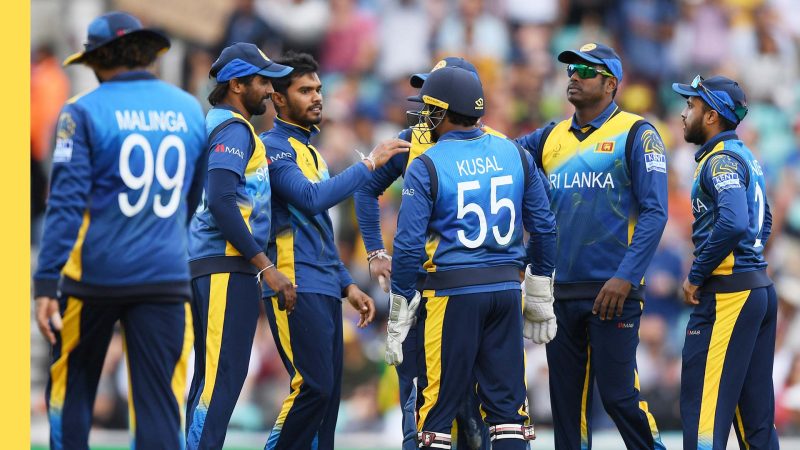The International Cricket Council is all set to amend the ‘soft signal’ rule employed for long-distance outfield catches ahead of the final of the World Test Championship in June, says a report by Cricbuzz.
The current ruling and playing conditions in cricket see an on-field umpire give a ‘soft signal’ of either ‘out’ or ‘not out’ before sending the matter upstairs to the TV umpire for technological verification outfield catches, which he isn’t 100% sure of.
But the ‘soft signal’ has only gained a controversial proportion in recent times, with an incident from the 4th T20I played between India and England on March 18 coming under the people’s scanner.
Batting on 57 at the time, India batsman Suryakumar Yadav was caught in the outfield by England fieldsman Dawid Malan. Just to verify the take’s cleanness, the on-field umpire KN Ananthapadmanabhan left the matter to the third umpire Virender Sharma, besides soft signalling ‘out’.
However, as it panned out, despite going through multiple replays from different zoomed-in angles, Sharma remained unsure of the grab as the technology did leave doubts on the legality of Malan’s grab but still showed no conclusive evidence to overturn Ananthapadmanabhan’s call. Thus, as is the standard procedure, Sharma had to stick to the on-field umpire’s call, and Suryakumar had to walk back to the pavilion.
The outcome didn’t go down well with a lot of people, including India captain Virat Kohli.
I don’t know why there can’t be an ‘I don’t know’ call with the umpires as well. These decisions can change the course of the game, especially in these big games. We were on the receiving side today, and tomorrow it could be some other team,
Kohli had said at the post-match presentation.
BCCI secretary Jay Shah raises issue of ‘soft signal’ with ICC
Cricbuzz reported that during Thursday’s virtual ICC board meeting, BCCI secretary Jay Shah put forward Kohli’s and India’s concerns around the use of the ‘soft signal’. It is believed that Shah found support on the matter from other member countries, who also feel the protocol or the procedure used currently for long-distance outfield catches needs to change.
Further, the ICC directors are understood to agree on the contentious matter as well and believe that a change on it should be made before the final of the World Test Championship (WTC) in June.
The matter of soft signal may not be referred to the (ICC) Cricket Committee”, the Cricbuzz report stated, adding “that it will now go to ICC’s Chief Executives’ Committee and then make its way into the board meeting.
Things were more conclusive on the technological front in another incident recently when New Zealand pacer Kyle Jamieson dived forward and claimed a catch from Bangladesh batsman Tamim Iqbal in the second ODI in Christchurch on Tuesday.
While the on-field umpire gave the soft signal ‘out’, the third umpire overturned the signal when on closed-in replays he found that the ball had touched the turf when Jamieson went down in momentum and his right hand – the one carrying the ball – rolled forward with him.
Using a ‘soft signal’ to arrive at a final decision for long-distance outfield catches is the part of the review process used for long by the ICC. The governing body employs the ‘soft signal’ to call on instances where the technology shows no conclusive evidence to the TV umpire and leaves something up for doubt.
Even if the soft signal is abolished, the doubt will linger in the minds of the TV umpire for most outfield catches as the technology doesn’t yet give a three-dimensional picture of the fielder’s grab – how much of the fingers are underneath the ball or not – on the replays.


